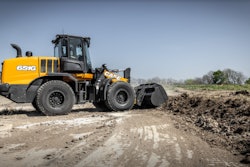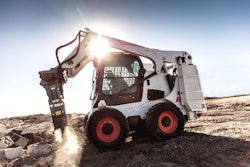As we close out 2023 - a year filled with economic recovery, fluctuation and uncertainty - Mitsubishi HC Capital America, North America's largest non-bank, non-captive finance provider, has identified five trends likely to shape the equipment finance industry in 2024.
“Talk of recession, inflation and interest rates have largely replaced conversations filled with worries about the supply chain,” says Chuck McKay, senior vice president of corporate development at Mitsubishi HC Capital America. “We may be turning the corner in 2024, with a year of rebalancing before a substantial growth period returns in the following years.”
More cash buyers. As supply-chain stress has eased, commercial vehicle dealerships are seeing more cash buyers and a shortened sales cycle. As a result, dealers will need more floorplan financing to ensure they can keep the right inventory on the floor at the right times. OEMs looking for ways to support their dealers will increasingly turn to floorplan financing as one effective way to do so.
Growth in cross-border deals. Following the pandemic, business between Canada and the United States continues to ramp up. Lenders that offer strong cross-border financing – beyond having sales offices in each country – should do well in 2024, the company says.
Continued increase in as-a-service financing. Companies across various industries are realizing the benefits of the as-a-service business model, and will continue to figure out how to implement it. “Instead of financing a single product or a product for a specific use, the as-a-service model effectively allows a company to finance its entire balance sheet,” says McKay.
[Watch: Why are More Contractors Renting Construction Equipment?]
The challenge, he says, will be in the definition and implementation of services to add to a product offering. For example, a trucking company looking to become an as-a-service provider must do much more than just offer lease and sales options. They’ll also need to provide tracking, roadside service, and other support logistics to get vehicles in the right place at the right time.










